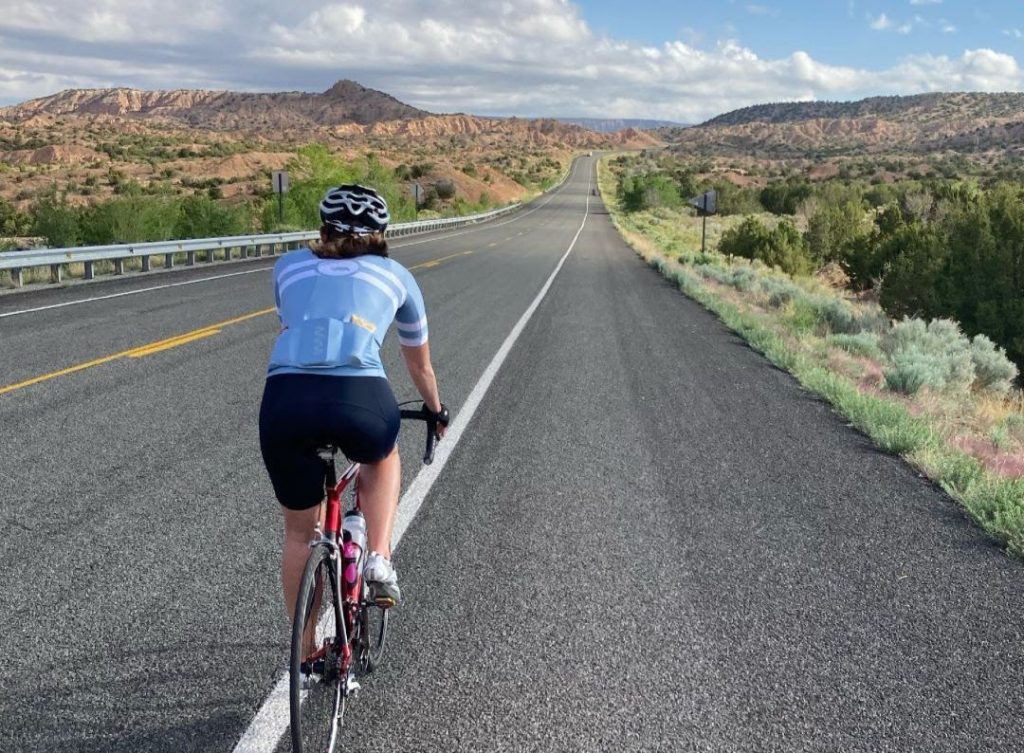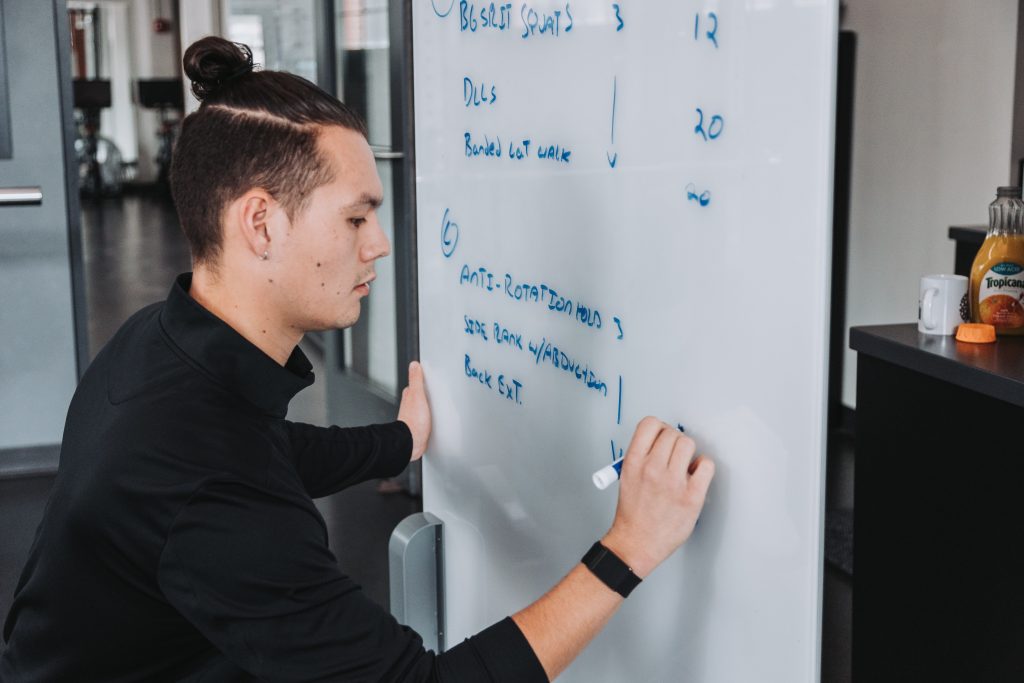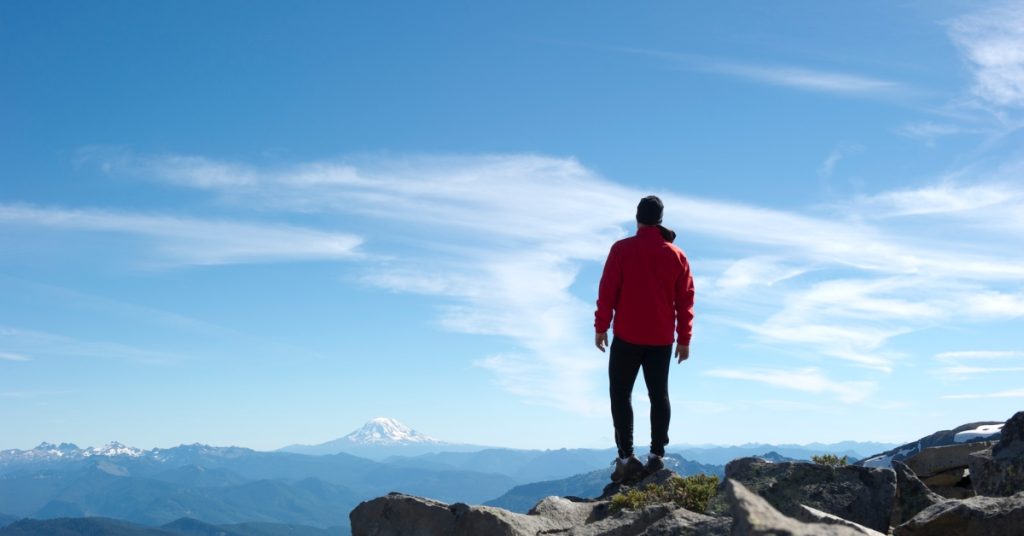Muscle cramps are a common problem that, depending on the research you read, impact 40 to 95 percent of athletes. Cramping is defined as painful involuntary skeletal muscle contractions that can occur in both athletes and non-athletes. Exercise Associated Muscle Cramps (EAMC) in athletes is what we’ll focus on. These Exercise Associated Muscle Cramps frequently occur in the lower extremities of the body, and can slow or halt physical activity. Athletes who suffer from EAMC have typically tried any number of solutions in an attempt to dampen these painful feelings. Finding what works for each individual is critical to be able to reach an athlete’s highest potential.
What Causes Cramps?
The best place to start when identifying the what is to identify what doesn’t cause them. Lactic acid has long been associated with cramps and muscle fatigue. While lactate is a metabolic byproduct of higher intensity exercise, and is correlated to cramping and fatigue, it is not the cause. The discussion around lactic acid, and the fact that many still blame it for cramping and fatigue, is based on antiquated research that’s now been proven to not tell the entire story. With that out of the way let’s move on to possible causes for EAMC.
There’s two pervasive theories when it comes to EAMC. The first is likely the one that most athletes are more familiar with. The Dehydration-Electrolyte Imbalance Theory speculates that a significant disturbance in fluid or electrolyte balance, usually due to a reduction in total body exchangeable sodium stores, causes a contraction of the interstitial fluid compartment around muscles and a misfiring of nerve impulses, leading to cramp.1 Very simply, if you lose too much of the primary electrolytes (sodium, magnesium, and potassium) when you sweat, it may cause fluid shifts in your body that could cause cramping. While there’s no doubt some truth in this theory, there have been recent findings that suggest that this may not be the complete, or only cause of cramps. This comes from studies of athletes performing in cool weather that still suffer from EAMC. If sweat loss is low, and cramps still persist, then that suggests that there’s something else causing these impulses.
This brings us to the second popular theory attempting to explain cramping. The Neuromuscular Theory proposes that muscular fatigue and overload are the root cause of EAMC. The theory is that fatigue contributes to an imbalance between excitatory impulses from muscle spindles and inhibitory impulses from Golgi tendon organs and that this results in localized muscle cramps.2 This “misfiring” of overworked or under-developed muscles is what some believe to be the root cause of EAMC. One primary piece of evidence to support this theory is that stretching almost always helps immediately eradicate or relieve the cramps. The reason is said to be that during heavy fatigue and prolonged activity, the muscle is contracted in a shortened position reducing feedback between primary systems and predisposing the muscle to cramp.
Linked somewhat to this theory is the rise in popularity of compounds that can stimulate “transient receptor potential channels” (TRP). TRP channels connect the mouth to the central nervous system, and the hypothesis is that by stimulating these channels it provides a signal that disrupts cramping. Products like wasabi, pickle juice and mustard contain acetic acid which is thought to activate these TRP channels faster than sodium.3 This approach is a bit of a combination of the dehydration theory and the neuromuscular in that it’s attempting to bridge the gap between ingesting a compound while still stimulating neural channels.
How to Stop Cramps
Because scientists and researchers have yet to really nail down the exact cause of EAMC, it can be hard to know know exactly what to do to stop them. Despite lack of direct concrete evidence through randomized controlled trials, maintaining adequate hydration can help. It’s a good idea to stay properly hydrated leading up to, and during an event. The American College of Sports Medicine recommends a volume of fluid that allows for less than a 2% loss in body weight. Keep in mind that it takes time for the body to properly absorb electrolytes so hydrating with a hypotonic solution should be done at least 1 hour before physical exertion. Consistent stretching has also been shown to dramatically reduce EAMC symptoms. Focus on flexibility helps elongate muscles and ward off the contraction that supports the neuromuscular theory.
Another component to helping stathe off cramps is proper physical preparedness. Training that targets the specificity of racing prepares the muscles to handle the stress of an event. Whether it’s climbing or sprints, train like you’re going to race! Specificity comes in two forms. One is training by performing the discipline you’re focused on. The other is ancillary work in the form of strength and cross training. Plyometrics and strength training can also help to promote strong muscles with a full range of motion, eliciting neural adaptations. This can help the body cope with increased overload during a race or event furthering the body’s adaptation and readiness for intense efforts.
With more recent research we’re finding that EAMC are more complex than originally thought. They’re more than likely caused by some mixture of dehydration and neuromuscular responses depending on the athlete. If an athlete suffers from chronic cramping then it’s best to do everything possible to limit the likelihood of EAMC during activity. Starting with proper hydration and focusing on appropriate physical conditioning should be top of mind for chronic crampers. Focus on what scenarios seems to cause cramps and work towards individualized solutions specific to goals, physical demands and environment.
- Kevin C. Miller, PhD, ATC, CSCS, Marcus S. Stone, PhD, ATC, Kellie C. Huxel, PhD, ATC, and Jeffrey E. Edwards, PhD, “Exercise-Associated Muscle Cramps: Causes, Treatment and Prevention” Journal of Sports Health. 2010 Jul; 2(4): 279–283.
2.) Andrews, Mark A.W. “What Causes Leg Cramps?” Scientific America: 2015
3.) Blow, Andy “How to Avoid Muscle Cramping During Exercise” Trainingpeaks.com May 2017



